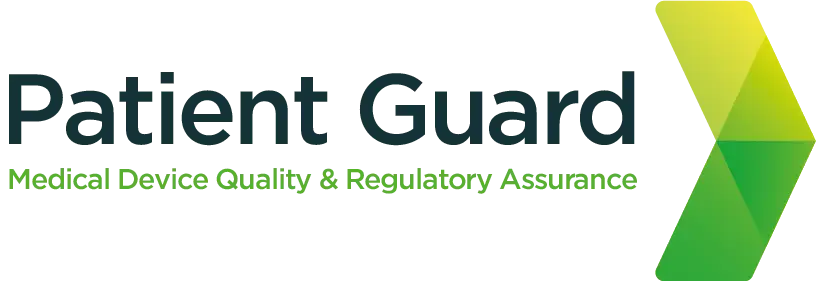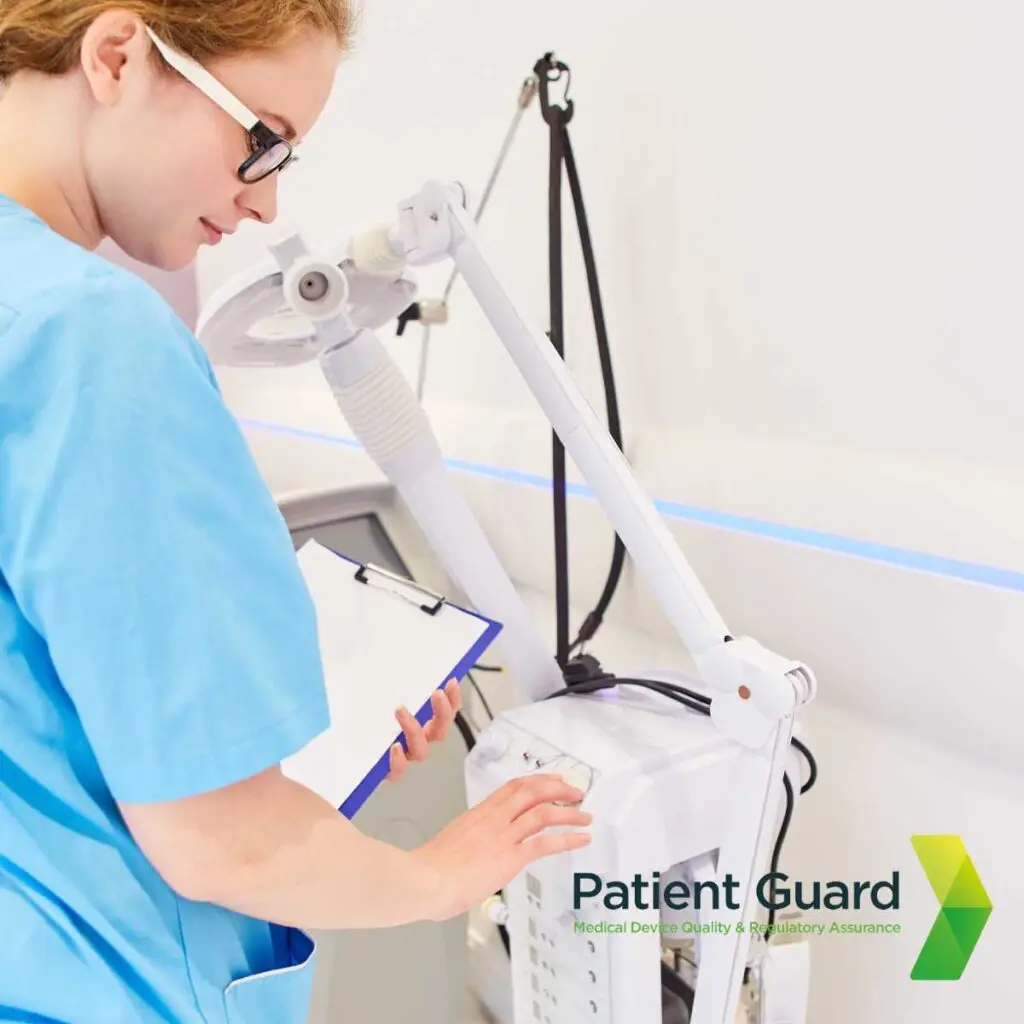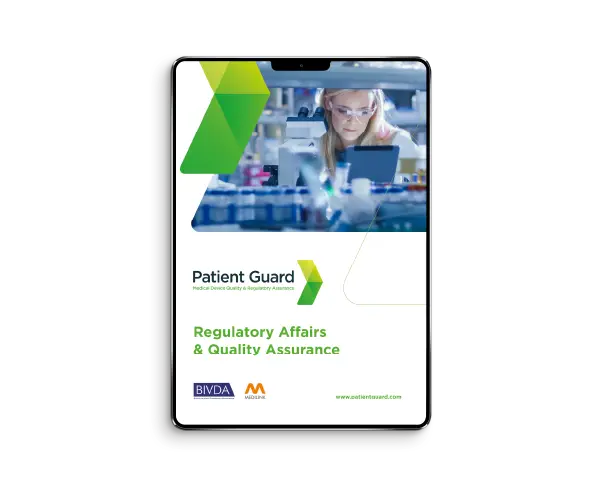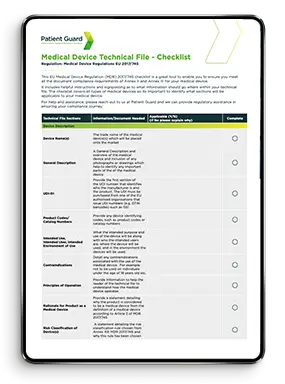The Importance of Cleaning Validation for Medical Devices
Medical Device Cleaning Validation is important for ensuring the safety and effectiveness of medical devices. It is a top priority for manufacturers and healthcare providers alike. Medical Device Cleaning Validation is a critical yet often overlooked aspect of this process when designing and developing medical devices. Proper cleaning validation ensures that medical devices are free from contaminants that could compromise patient safety or device performance. In this blog, we’ll explore the importance of cleaning validation, its regulatory requirements, and the key steps involved in achieving compliance.
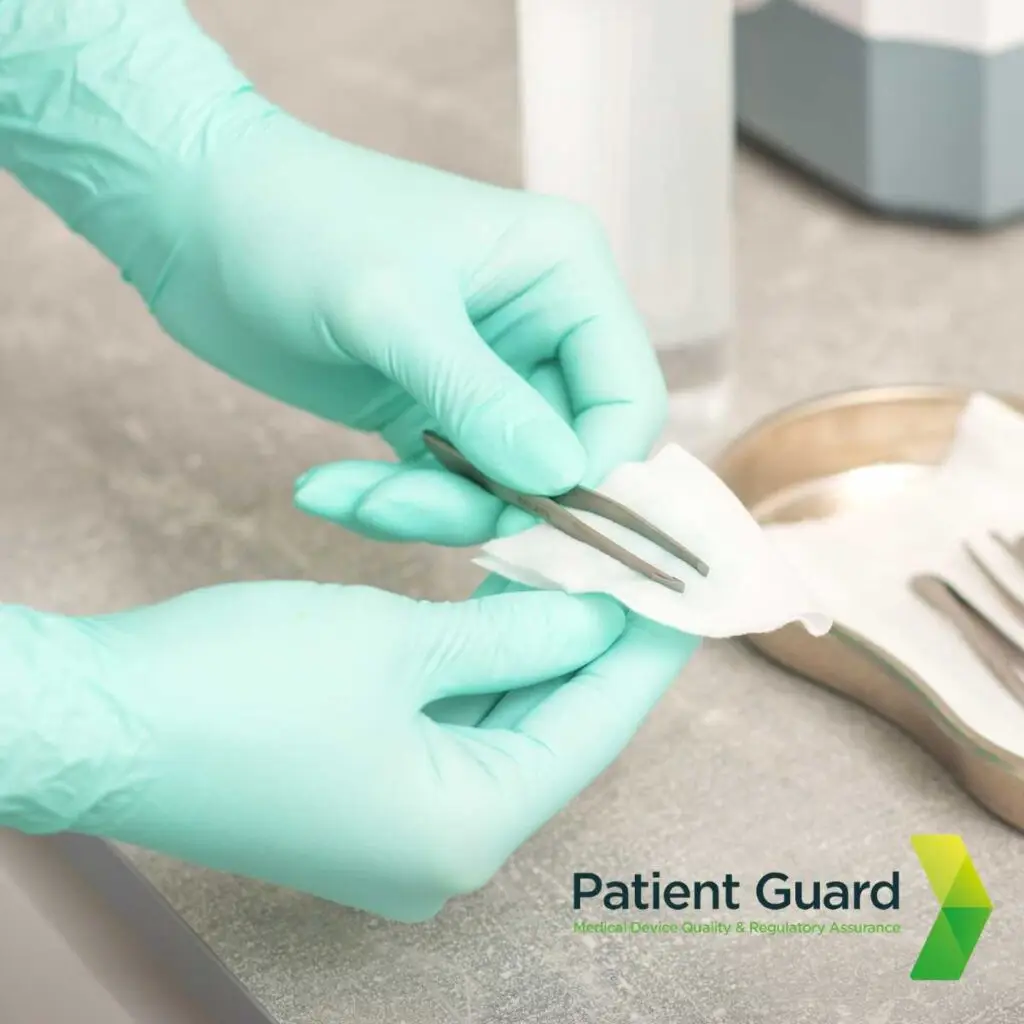
Why is Cleaning Validation Necessary?
Medical devices come into contact with human tissues, blood, and other bodily fluids during their use. Without proper cleaning, these devices can harbour:
- Biological contaminants such as microorganisms or biofilms.
- Chemical residues from manufacturing processes.
- Particulate matter from environmental exposure.
These contaminants can lead to infections, adverse reactions, or compromised device functionality, which pose significant risks to patients. Cleaning validation establishes that a device can be consistently cleaned to an acceptable standard, mitigating these risks and ensuring compliance with regulatory requirements.
Regulatory Framework for Cleaning Validation
Cleaning validation is not merely a best practice—it is a regulatory necessity. Key standards and regulations include:
- ISO 13485:2016 – Emphasizes the need for manufacturers to validate processes that impact product safety, including cleaning.
- ISO 14971:2019 – Requires manufacturers to identify and control risks associated with contamination.
- EU MDR 2017/745 – Stipulates stringent requirements for cleanliness and biocompatibility of medical devices marketed in Europe.
- FDA Guidance – For devices marketed in the U.S., the FDA outlines specific requirements for cleaning and disinfection validation.
Failure to comply with these regulations can result in recalls, penalties, or market access denial, making cleaning validation a critical compliance activity.
Steps to Effective Cleaning Validation
Cleaning validation involves a systematic approach to demonstrate that cleaning processes consistently remove contaminants to predefined acceptable levels. Key steps include:
1. Defining Acceptance Criteria
Determine what constitutes a clean device by establishing thresholds for:
- Biological contaminants (e.g., microbial counts).
- Residual chemicals (e.g., detergents or disinfectants).
- Particulate matter.
2. Risk Assessment
Conduct a risk assessment to identify contamination risks throughout the device lifecycle. This aligns with the principles of ISO 14971 and helps prioritize efforts.
3. Cleaning Process Development
Design and optimize cleaning processes for different device types and materials. Factors to consider include:
- Device geometry (e.g., lumens or crevices).
- Material compatibility.
- Cleaning agents and methods (e.g., manual, automated, ultrasonic).
4. Validation Testing
Perform validation testing to ensure the cleaning process meets acceptance criteria. Common methods include:
- Visual inspection.
- Microbial analysis.
- Residual chemical testing (e.g., high-performance liquid chromatography or FTIR spectroscopy).
5. Documentation
Maintain detailed records of all cleaning validation activities, including:
- Test protocols and results.
- Risk assessments.
- Corrective actions for nonconformances.
Documentation not only ensures regulatory compliance but also provides traceability and accountability.
Special Considerations for Reusable Devices
Reusable medical devices present unique challenges in cleaning validation due to their repeated exposure to contamination. For example:
Complex designs: Devices with intricate geometries, such as lumens, hinges, and narrow channels, are harder to clean thoroughly.
Material durability: Repeated cleaning cycles can degrade materials, requiring compatibility studies with cleaning agents.
Variability in cleaning methods: Manual cleaning introduces variability, making standardized protocols essential.
Manufacturers must account for these factors during validation and consider using automated cleaning systems or enhanced cleaning techniques to ensure consistent results.
The Role of Emerging Technologies
Recent advancements in technology are shaping the landscape of cleaning validation:
Digital monitoring tools: Automated systems can monitor and document cleaning parameters in real-time, ensuring greater accuracy and efficiency.
Improved cleaning agents: Biodegradable and enzyme-based agents are gaining popularity for their effectiveness and reduced environmental impact.
3D printing: Custom test devices can be 3D printed to mimic complex geometries, allowing manufacturers to refine cleaning processes before applying them to actual devices.
By integrating these technologies, manufacturers can streamline cleaning validation processes and enhance their compliance strategies.
Challenges in Cleaning Validation
Manufacturers often face challenges during cleaning validation, such as:
- Complex device designs that make cleaning difficult.
- Lack of standardized test methods for certain contaminants.
- Balancing cleaning efficacy with material compatibility to avoid device damage.
Overcoming these challenges requires a combination of expertise, robust processes, and collaboration with specialized consultants or testing laboratories.
How Patient Guard Can Help
At Patient Guard, we understand the complexities of cleaning validation and the stringent requirements medical device manufacturers face. Our team of experts provides tailored support, including:
- Conducting risk assessments.
- Developing and validating cleaning protocols.
- Ensuring compliance with ISO, EU MDR, and FDA requirements.
Partner with us to safeguard patient safety and maintain regulatory compliance with confidence.
FAQs
Cleaning validation is a documented process that demonstrates a cleaning method consistently removes contaminants to an acceptable level. Cleaning verification, on the other hand, is a one-time activity to confirm that a specific cleaning event meets the required standards.
Cleaning validation should be performed whenever there is a change in the cleaning process, materials, or device design that could impact cleanliness. Additionally, periodic revalidation is recommended to ensure continued compliance.
Challenges include complex geometries like lumens or hinges, material compatibility with cleaning agents, and variability in manual cleaning processes. Each of these factors must be addressed in the validation protocol.
Yes, third-party laboratories can provide specialized expertise and resources for testing and validation. They can also ensure compliance with regulatory requirements by performing detailed analyses and offering independent verification of results. Companies like Test Labs can provide this service.
Summary
Cleaning validation is a cornerstone of medical device safety and compliance. By adopting a systematic and thorough approach, manufacturers can mitigate risks, ensure product quality, and meet the expectations of regulators and healthcare providers. If you’re ready to enhance your cleaning validation processes, contact Patient Guard today for expert guidance.
